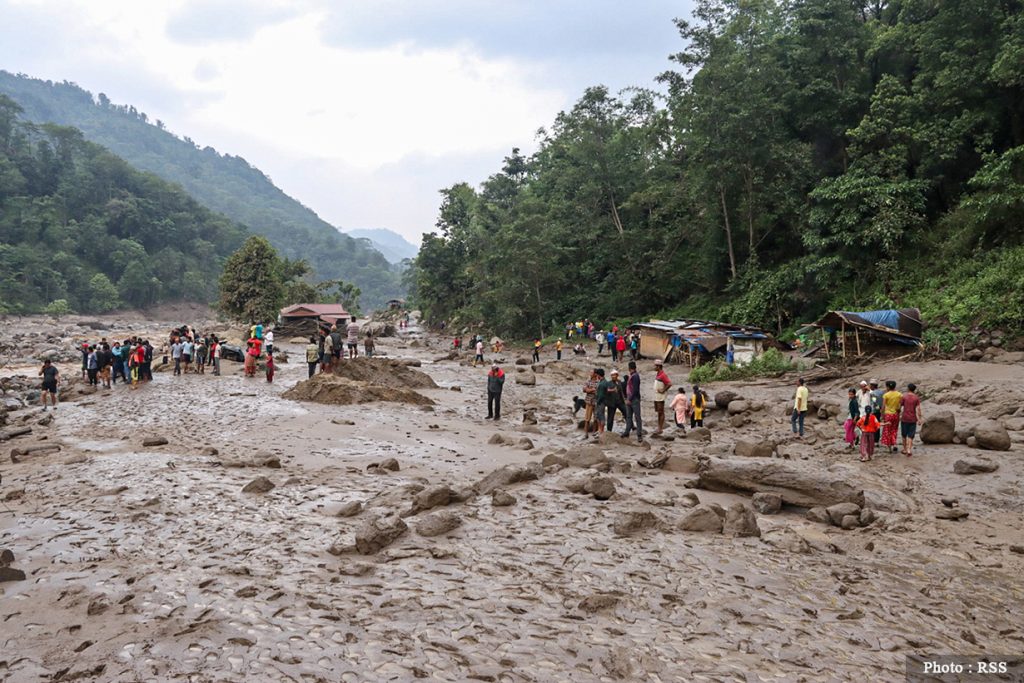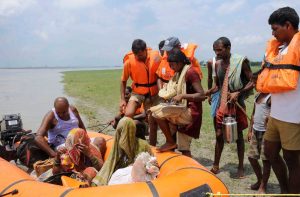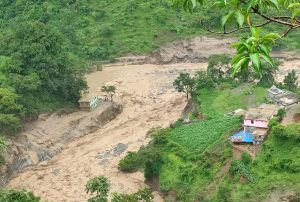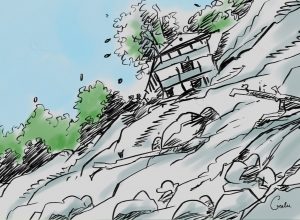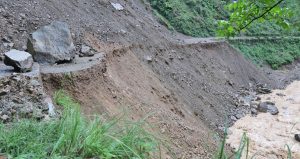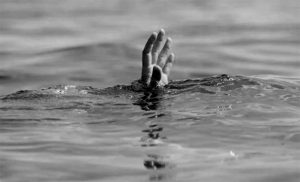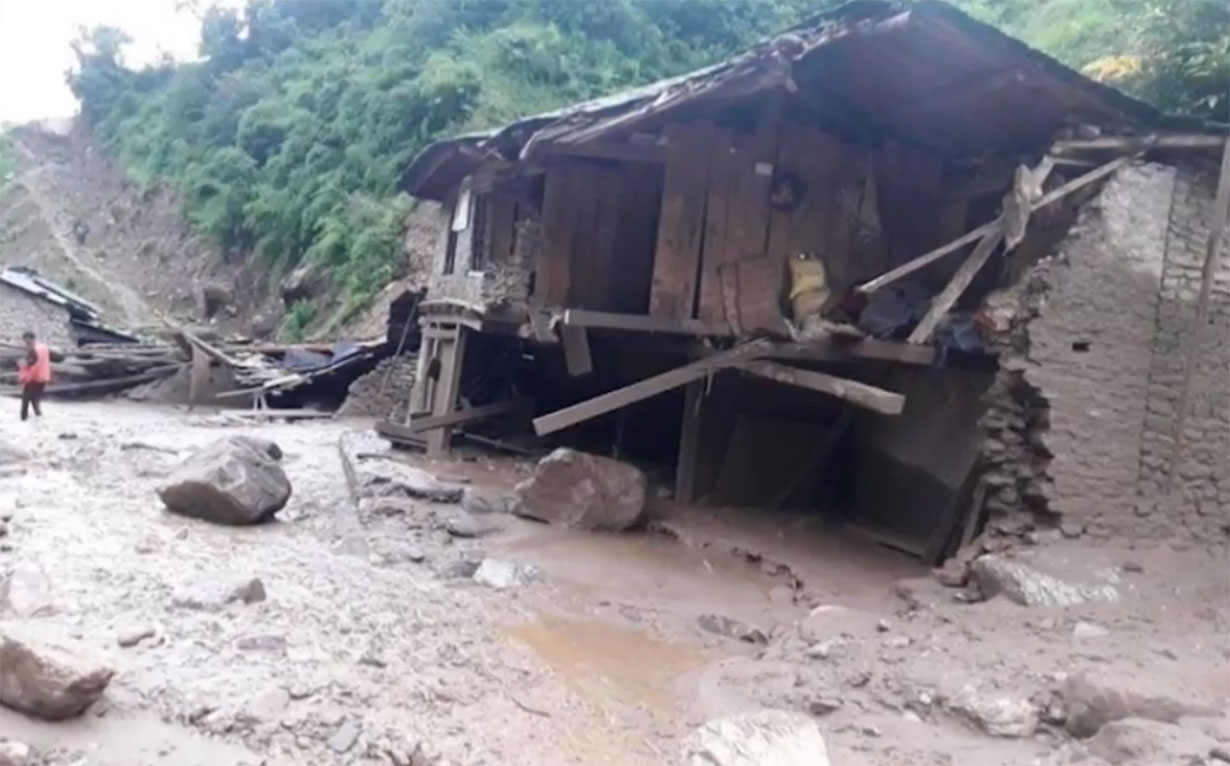
How often do you talk about ‘natural disasters’?
In Nepal, people generally refer to floods, landslides and earthquakes as natural disasters. But, many experts argue disasters are not natural. Rather, they are the consequences of vulnerability created by political, social, and economic environments, not natural hazards.
In 1976, three British disaster experts published an article in the journal ‘Nature’ and came up with the concept that disasters are not natural. They stated disasters do not happen unless people and cities are vulnerable due to marginalisation, discrimination, inequitable access to resources, knowledge, and support. These vulnerabilities are further intentionally or unintentionally enhanced by deforestation, rapid urbanisation, environmental degradation, and climate change.
The level of natural hazards could differ from place to place. Actually, hazards such as extreme rainfall, floods, landslides, and earthquakes are natural processes. They cannot be prevented, but disasters can be, to a great extent if not completely. A flood is an area with no people and infrastructure (zero exposure) is unlikely to result in a disaster.
Looking at this fact from evidence-based literature, we may realise that hazards are converted into disasters due to people’s policies and activities in the name of development. The current assumption indicates that by 2030, there could be almost 325 million extremely poor people (earning less than $ 1.25 per day) living in locations that are most vulnerable to natural hazards. It was recorded between 2008 and 2018 that an average of 23.9 million people got displaced each year. It shows that if people get exposed to natural hazards, then only it is converted into a disaster.
Disasters are not results of the god’s actions. They are, in most cases, utter consequences of human actions. Disasters require human-centric exposure and vulnerability. Therefore, it would be logical to state that there exists no such thing as an actual natural disaster.

Let’s take examples from Nepal. The country used to have a low number of landslide incidents reported in the past. However, recently, the number is ever increasing. In this year’s monsoon, around 500 landslide events and 230 deaths were reported in just 79 days. This is due to a wrong approach to development. These days, many local governments have planned to connect each and every house in their jurisdictions to the road network; it results in haphazard road construction. Without knowing the geo-hazard condition, the indiscriminate mining of construction materials in Chure and hilly regions reduces the resistance of land and therefore increases the landslide incidents day by day.
Such activities have been taking place for a long in Nepal which develops more hazards and later they convert into disasters. This leads to mal-development and people could face a series of disasters in the future, which is again not naturally occurring.
More so, hazards are natural events, occurring more or less frequently and of a greater or lesser magnitude, but disasters are due to mal-development. For instance, the damage of an isolated island by a volcano is not a disaster, it is only a natural event because it does not absolutely imply to humans. What makes hazards become disasters depends primarily on the way societies develop, build, and construct. To emphasize the statement of “There are no natural disasters”, the UNDRR Secretary-General said, “[It’s ] time to say goodbye to ‘natural’ disasters”.
Unfortunately, there are many risks in our contemporary world, including poverty and inequality, environmental degradation, rapid and unplanned urbanisation, weak building codes, population growth in hazard-exposed areas, and the spread of zoonotic threats such as Covid-19 that could make any situation disastrous.
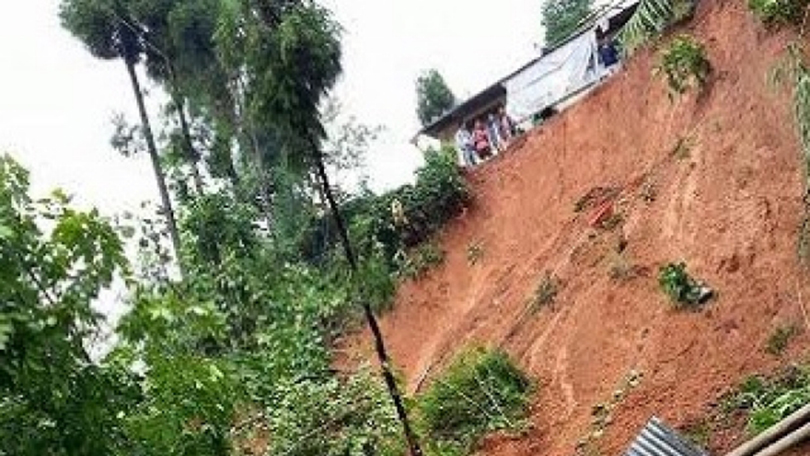
Currently, in the world, unplanned urbanisation and other activities resulting in mal-development are taking place at a speed that had never before. It has been seen in most of the developing nations. The same trend is seen in Nepal. By looking at the condition of Nepal’s urbanisation risk, particularly in the Kathmandu valley, the 2015 earthquake was a natural process and it could not be controlled. However, we could have prevented its consequences. The valley’s burgeoning population of around four million people lives in a multi-hazard circumstance as people have built houses on steep slopes almost defying the law of gravity, let alone not heeding the building code. As a result, it would create high-scale damage to humans. Despite the growing risk, there are no appropriate development activities taking place to minimise these risks.
Natural hazards are increasing in Nepal. For example, in 2019, a tornado appeared for the first time in Nepal. Similarly, in the recent Lidi landslides, the place was already declared as a high-risk zone. But due to the recklessness of authorities, community people were not resettled into a safe place on time. If these two incidents had occurred in the places where no one lived, they would not have been considered a disaster. They are just natural hazards. Nevertheless, due to climate change, the impact of such incidents is on higher on humans, as a result of their own actions.
Now, people need to understand disasters can happen any time, hence the only way to protect themselves from them is building their houses and other infrastructures that could resist the impact of hazards.
its intensity is increasing and its impact is high to humans, which is surely done by human activities. More so, Further, it can happen at any time anywhere but people have to build their houses or infrastructure resistance for such unprecedented incidents.

British scientists had already declared that there are no natural disasters. Still, the UN celebrated the Decade for Natural Disaster Reduction in the 1990s. Thereafter, the World Conference on Disaster Reduction was organised in Kobe of Japan in 2005. Since this conference, the idea that “disasters are not Natural” was accepted globally.
Later, to promote efforts to replace the terms ‘natural disaster’, the #NoNaturalDisasters Campaign was launched. In a recent survey conducted by the campaign, 60% of the 122 respondents were reported that they replaced the term “natural disaster” in the workplace while 40% still include the term in their job titles.
However, this is a good year to raise awareness of the difference between “natural hazards” and so-called “natural disasters” as UN member states are scheduled to meet for the International Day for DRR on October 13. From today itself, people of the globe should start to understand that hazards are natural but not disasters.
Sharma graduated in Crisis, Emergency, and Disaster Management from Tribhuvan University. He works as a researcher at the Nepal Water Conservation Foundation (NWCF), Nepal.




